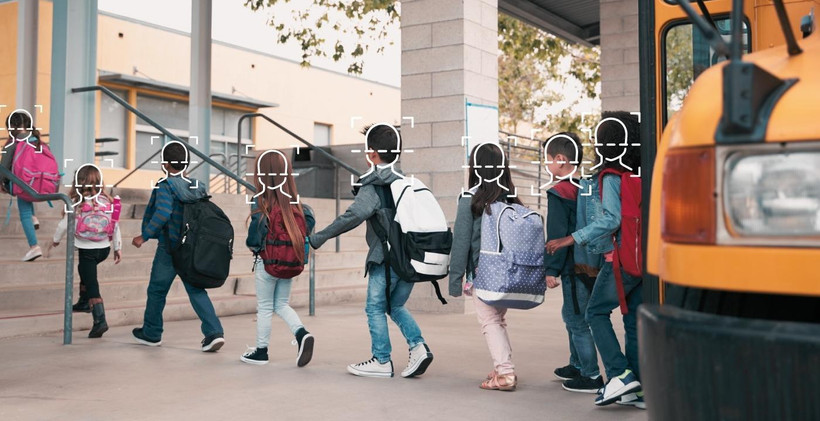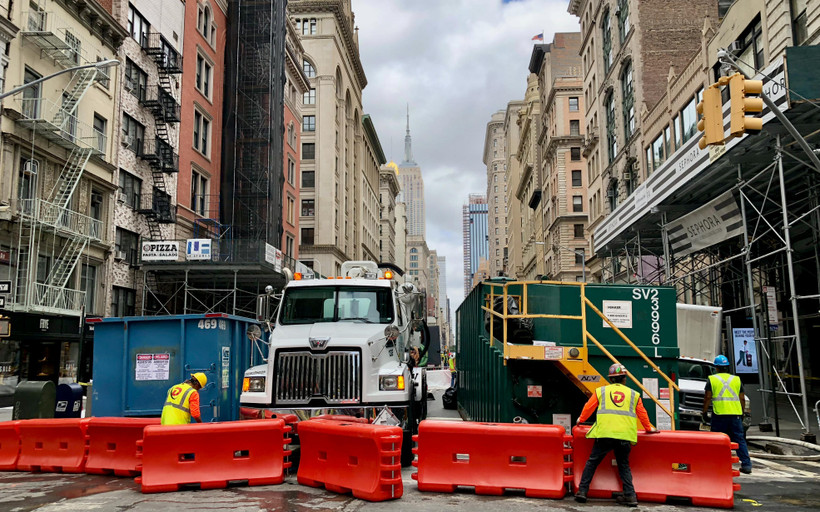Whatever Happened to New York’s School Facial Recognition Ban?
In 2020, New York became the first state to ban biometric technology from schools. But administrators are still seeking “face analytics” tools and other gray-area tech — with scant guidance from the state.

Low-wage manual laborers can sue to make their bosses pay them weekly. Hochul’s late-breaking budget addition may undermine that right.
New York’s transparency watchdog found that the ethics commission violated open records law by redacting its own recusal forms.
New York has one of the weakest consumer protection laws in the country. This year’s state budget may change that.
When local authorities hand out subsidies, school budgets lose revenue. The state teachers union is now pushing back.
Long-term subs stay with the same classes and can serve like full-time teachers. New York City schools misclassify them — so their pay doesn’t reflect that.
The state established Covid leave to compensate employees who fell ill during the pandemic. One group of essential workers has been unable to claim it.

